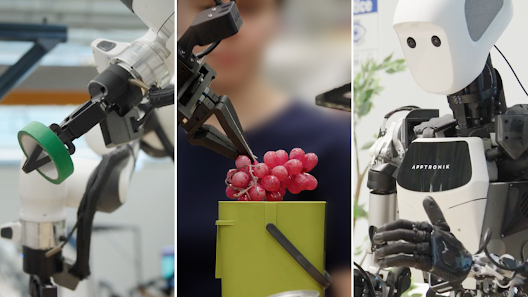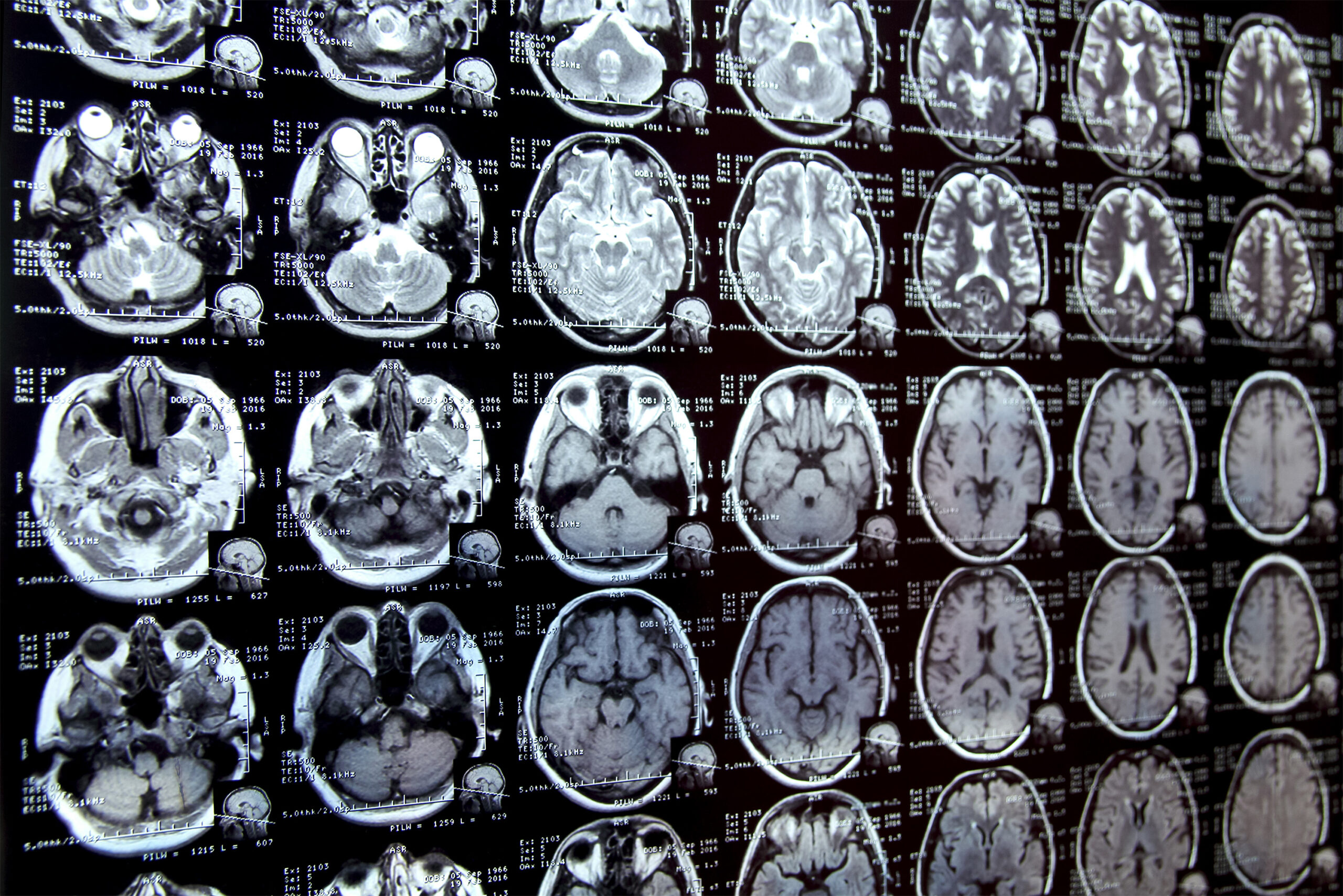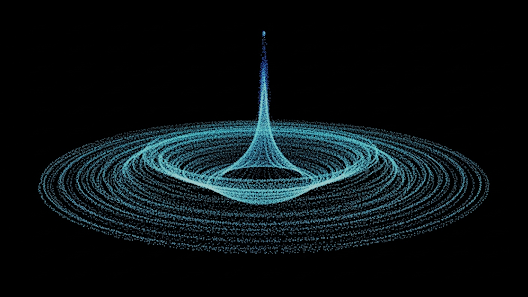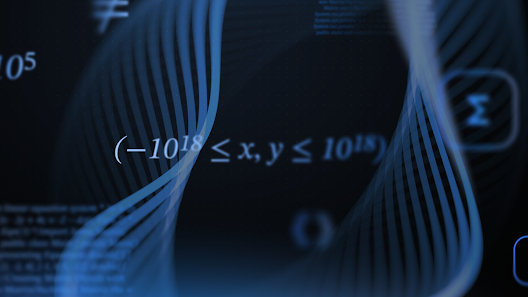Artificial intelligence is helping scientists tune into the deepest frequencies of the cosmos — and it’s transforming how we understand the very structure of the universe.
Listening to the Universe Beyond Light
For decades, astronomy has relied on light—visible, infrared, X-ray—to study the universe. But now, with gravitational wave observatories like LIGO, scientists can listen to the universe using the ripples in spacetime caused by massive cosmic collisions. Thanks to a new AI method called Deep Loop Shaping, developed by Google DeepMind in collaboration with LIGO and the Gran Sasso Science Institute, these observatories are becoming vastly more stable and sensitive.
What is Deep Loop Shaping?
Deep Loop Shaping is an AI-powered control technique that drastically minimizes noise in LIGO’s feedback system. This innovation improves the stability of LIGO’s mirrors by a factor of 30 to 100, enabling the detection of more and fainter gravitational wave events. This is vital for studying phenomena like black hole mergers and neutron star collisions, which produce subtle spacetime distortions.
Engineering Precision: Overcoming the Noise Barrier
Gravitational wave detection requires extreme precision. LIGO’s mirrors, positioned 4 kilometers apart, must remain still to within 1/10,000 the diameter of a proton. Even the faintest disturbances—from distant ocean waves to passing trucks—can throw off measurements. The Deep Loop Shaping method suppresses “control noise,” a previously inescapable limitation of traditional linear control systems.
Reinforcement Learning in Action
By applying reinforcement learning with frequency domain rewards, Deep Loop Shaping trains controllers to keep mirrors stable without injecting additional noise. It learns to avoid amplifying signals in the observation band, delivering real-world improvements that match simulations — a rare feat in control systems design.
Impact on Cosmology and Fundamental Physics
This breakthrough enables scientists to detect and analyze more gravitational wave events per year, unlocking data about previously elusive objects like intermediate-mass black holes — the so-called “missing link” in understanding galaxy evolution. It also paves the way for validating critical theories in physics and cosmology with unprecedented detail.
For example, this advancement complements other AI-powered scientific tools such as AlphaGenome, which explores the intricate code of life through AI. Together, these breakthroughs represent a new era of precision science powered by machine learning.
Beyond Astronomy: Broader Applications
While designed for gravitational wave observatories, Deep Loop Shaping has potential far beyond astrophysics. Its ability to suppress vibrations and stabilize complex systems could benefit aerospace, robotics, and structural engineering, where dynamic instability is a challenge.
Final Thoughts: AI’s Expanding Role in Scientific Discovery
With tools like Deep Loop Shaping, AI is not just optimizing existing systems—it’s expanding the frontier of what science can measure and understand. By reducing noise and refining control at microscopic scales, we are tuning in to the universe’s deepest frequencies, revealing truths once thought beyond reach. As gravitational wave science advances, expect even more profound discoveries, powered by intelligent algorithms designed to perceive what human eyes and ears cannot.







